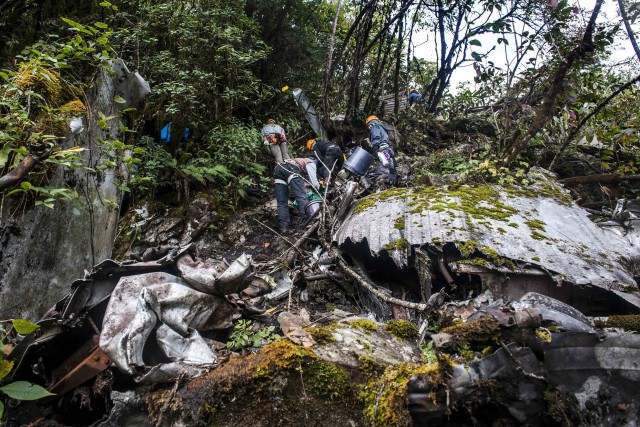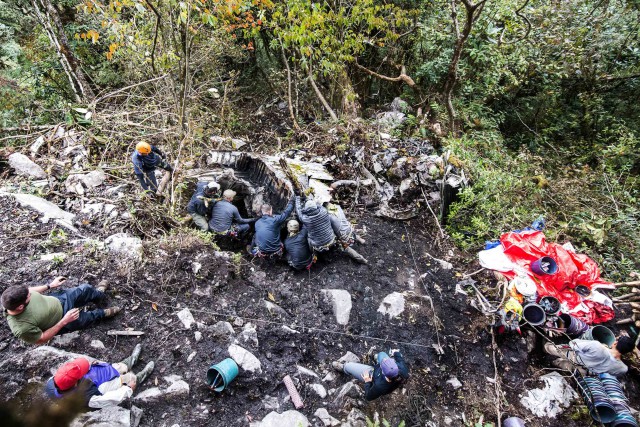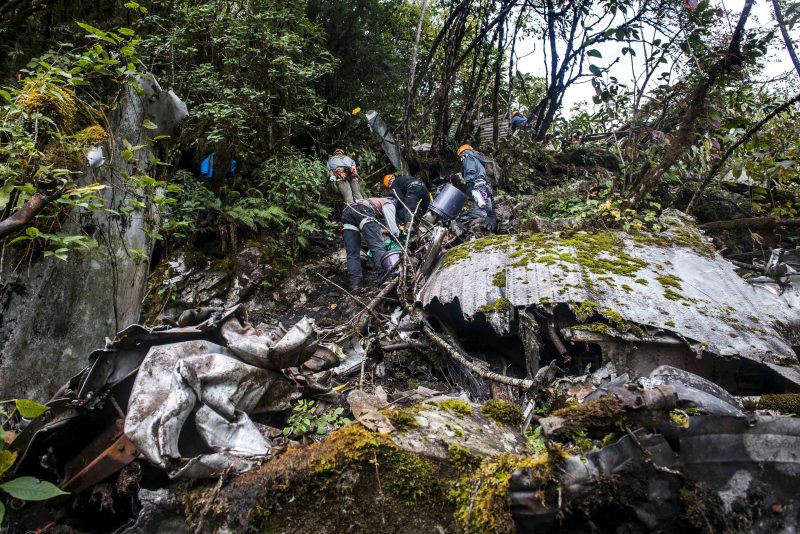
A recent effort from the U.S. Defense Prisoners of War Accounting Agency has resulted in the finding of more American remains. The group that made up the mission has found human remains at a B-24 crash site in India’s Arunachal Pradesh region.
This plane is believed to be one of those that was doing a routine flight with the 14th Air Force, 308th Bombardment Group. It started out from Kunming, China on the way to Chabua, India in 1944, but never reached its destination and crashed somewhere along the way. The military determined that the eight men who were in the plane died in the crash.
The crash site was found in 2006, however, when the U.S. sought out to claim its dead, the UPA government said that the area was off-limits for strategic, political, ecological, and anthropological reasons. Just recently, the NDA government finally allowed the U.S. to resume their operation of reclaiming the plane as U.S. property and finding the remains of the dead. In October 2015, the team finally made their way back to the site. The trek included going through extreme terrain and climbing nearly 10,000 feet into the Himalaya Mountains.
It took almost 35 days to reach the site. After slowly taking down bits and pieces from the crash, the team was able to find live ammunition, a damaged 50 caliber gun, and human remains including a tooth and a skull. One of the anthropologists on the trek said that it was an amazing feeling to bring finally home the remains, and she hopes to find the family that has been waiting this long for their relatives to come home. She also hopes that they have found the remains of not one, but two, of the crew.

Not only did the Indian government allow the group to search this crash site, but it also allowed the group to explore the Himalayas thoroughly. Many planes went down in the Himalayas because there was a major aerial supply route that crossed the mountains.
It proved to be a dangerous route; several dozen planes went down in the mountains because of the cloudy mountain peaks and bad weather. The reason the U.S. forces took that route is so they could avoid Japanese-occupied Burma. The Himalayan route was the only option the Americans had after the Japanese completely blocked the Burma Road.
There are several groups like the U.S. Joint POW/MIA Accounting Command and the DPWAA working together to find other plane crashes and to bring home what remains are left of the soldiers and airmen who fell during those missions. For more than six decades, the burned wreckage of the planes and human remains were left strewn across the remote Himalayan ranges. At last, teams from the U.S. Joint POW/MIA Accounting Command (JPAC) can search for the remains in India and bring them back to the United States.
The Vietnam government also opened up their area for the U.S. to search for other remains as well. The Pentagon says that this opens many doors to help mend the wounds of the countries that fought in that war. It also shows other countries how far the U.S. government will go to recover as many remains of the soldiers as possible.
